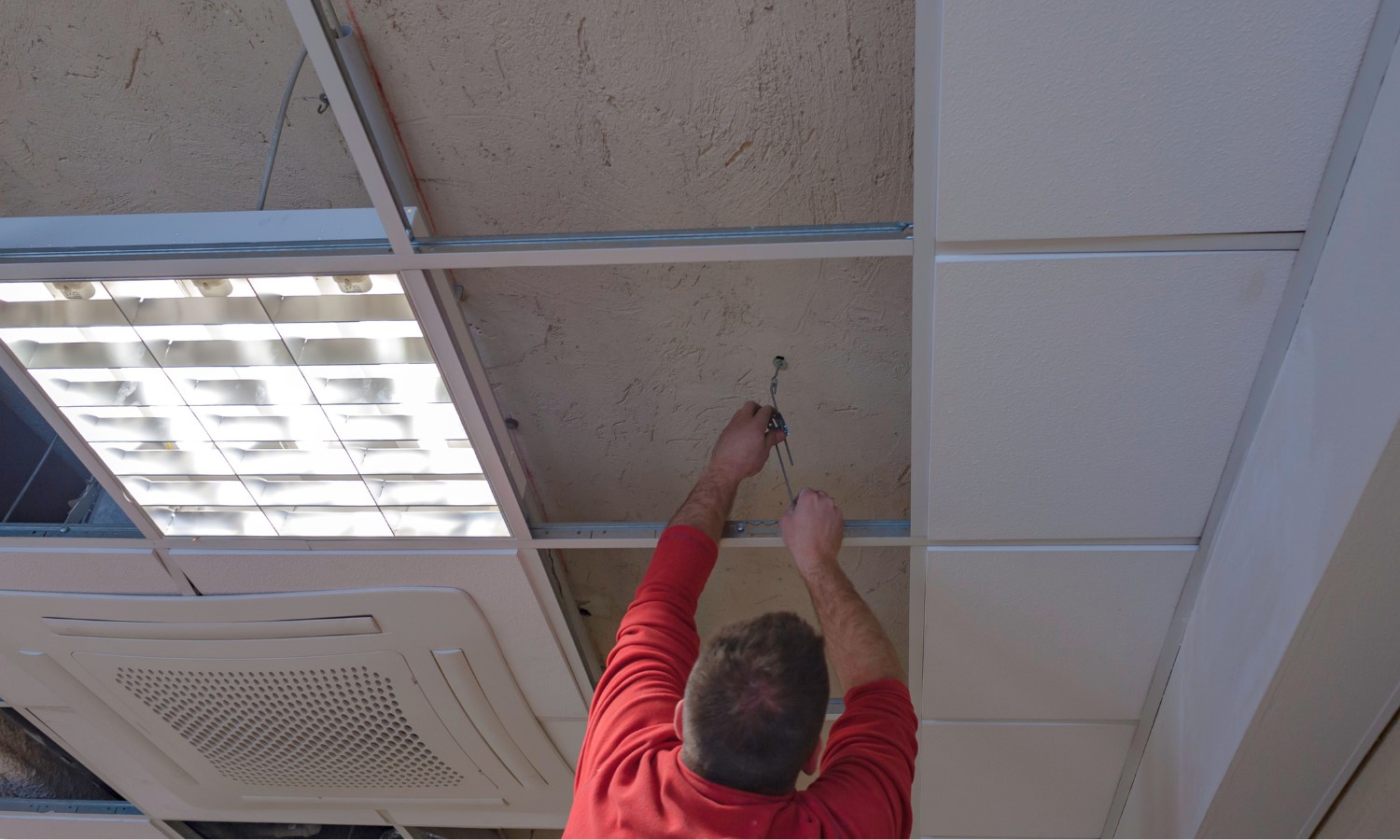Trying to find the right balance between safety and effective building maintenance is particularly challenging in the education sector, according to SFG20’s Paul Bullard*.
The state of the UK’s school buildings is rarely out of the headlines these days. The Department for Education (DfE) recently admitted that many built between 1945 and 1970 were now at risk of collapse due to their use of lightweight concrete.
A study released on national Clean Air Day 2023 also revealed that over 400 primary schools in London were in areas that breach World Health Organisation (WHO) guidelines for air pollution putting children at risk of increased asthma, bronchitis, and other respiratory diseases.
“Poor indoor air quality causes headache, eye irritation, fatigue, dry throat, sinus congestion, dizziness, and nausea,” said the ventilation manufacturer Nuaire, which commissioned the research. “Improving air quality in and around schools needs to become a top priority for local authorities.”
Taking on the responsibility of maintaining a school or university building can be a daunting task. There are many things to consider when trying to make sure the building is safe, well-maintained and supports the organisation’s educational objectives.
The legislative landscape in the UK is changing at an unprecedented rate with the new Building Safety Act set to drive through the biggest change to construction culture since World War II, along with tighter fire safety regulations and updates to the building regulations bringing clearer focus to energy efficiency and air quality.
Net zero
As well as trying to bring buildings up to a better standard and meet new legislative responsibilities, those responsible must also reduce energy consumption and carbon emissions in line with the government's net zero goals.
With all that in mind SFG20, the industry standard for building maintenance specifications, has produced new guidance to help those responsible for maintenance across the UK’s education estates deal with the most commonly encountered technical and regulatory challenges.
‘Taking over responsibility for maintaining a building in the education sector’ outlines how building managers should prioritise their maintenance tasks to avoid over or under-maintaining assets while ensuring they remain compliant with legislation while also focusing on the key tasks needed to keep facilities operating as intended. It also explains how organisations can ensure they are using suitably competent people for each role.
The free to download document is the latest in a growing series of ‘e-guides’ produced by SFG20. It explains how to create a full overview of maintenance priorities in each type of education facility. This involves accessing building plans, risk assessments, maintenance schedules, fire safety plans, insurance information, and much more.
However, the SFG20 guide recognises that it is often difficult to locate all the necessary information so explains how to fully audit the facility to establish which key assets require regular maintenance, such as HVAC systems, plumbing, and electrical systems. Once that is in place, manufacturers or installers should be able to provide the necessary background detail.
The guidance considers how an FM can set about evaluating the condition of the assets by inspecting equipment, systems, and safety features – and then create a maintenance schedule that will ensure everything continues to work as close to optimum as possible and breakdowns are kept to a minimum.
It also explains how to set up a new maintenance plan for school or university estates that will allow the organisation to set a realistic, targeted budget and keep the management on the right side of their insurers.
SFG20 produce the industry standard for building maintenance, and it is continually updated to keep FMs on top of all regulations. Its maintenance schedules are frequently adjusted to support a programme of planned preventative maintenance, which helps to identify potential issues before they become more serious and ensures that school and university estates remain safe, efficient, and comfortable learning environments for the students and staff.
One example of this in action is Ormiston Academies Trust (OAT) which comprises 43 academies nationwide including primary, secondary, and special schools. Estates compliance manager, Louisa Sharpless, said SFG20 helps her work out “what is legal and what is good practice, and identifies competencies required for each task”.
“Using SFG20 benefits our academies with significant cost savings realised by increasing the amount of work that can be completed in-house as opposed to using contractors,” she said. “We now have a consistent process for the whole trust and can manage and control our risk across our entire estate.”
To download the e-guide to education facilities click here.
*Paul Bullard is product director for SFG20.


